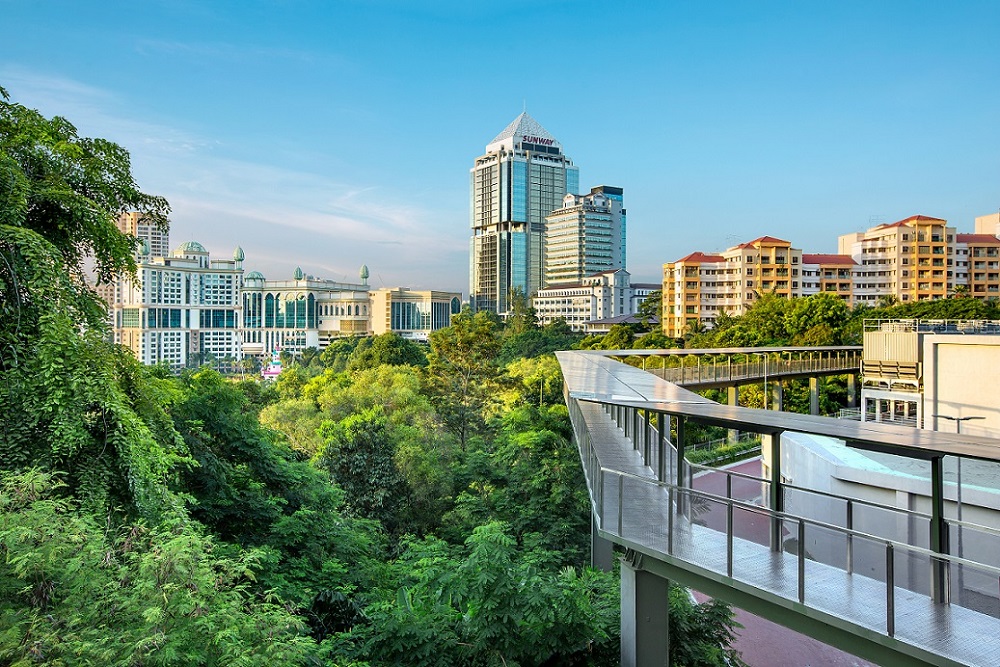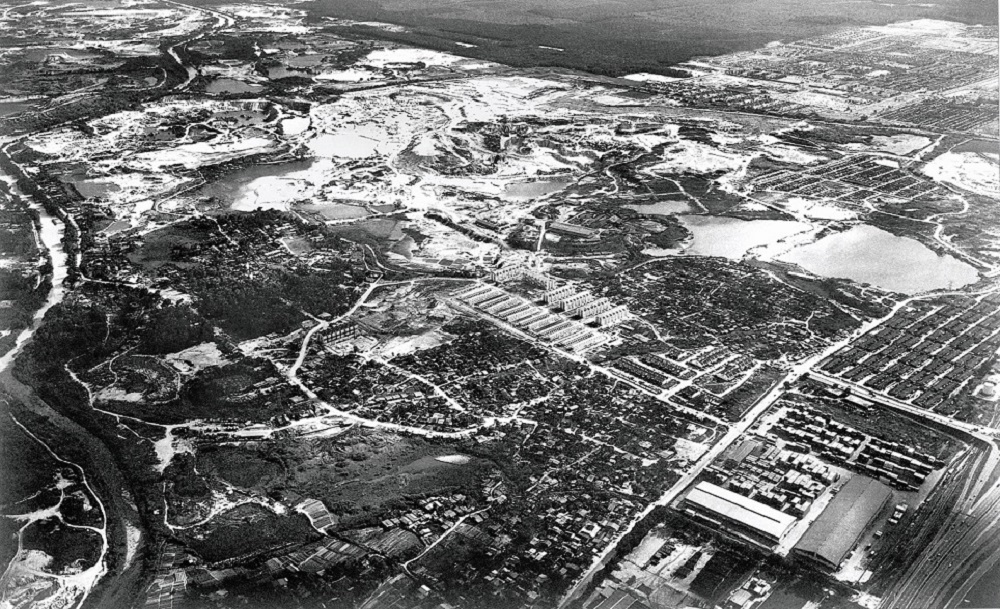PETALING JAYA, June 11 ― Think sustainability and profits don’t go hand in hand?
Experts say a well-planned city with green infrastructure is more resilient and can weather strong environmental challenges faced by our planet.
Many don’t know that trees are useful not only from a sustainability viewpoint but are profitable too, generating two to three times the investment made in planting and caring for them.
Trees play a crucial role in the ecosystem but the last few centuries have seen the number of trees dwindling due to overpopulation that has led to rapid deforestation to make way for increased urban development.
This may have solved accommodation demands and boosted economies but begs the question of what is to become of our environment?
When our forests are in decline, this impacts the climate by increasing the levels of carbon dioxide in the atmosphere, according to Mother Earth News.

Deforestation affects the environment by inhibiting water recycling, triggering severe flooding, aquifer depletion, soil degradation and the extinction of flora and fauna.
The reduction of trees fundamentally means a reduced capacity of converting carbon dioxide into oxygen resulting in higher levels of greenhouse gases that contribute to global warming and climate change.
The Population Reference Bureau explains that increased energy consumption from urbanisation leads to a phenomenon known as heat island, where roads, rooftops and other infrastructure in cities absorb and radiate the sun’s heat at a higher degree compared to rural areas.
As our population expands, statistics provided by the Food and Agriculture Organisation of the United Nations indicate that there will be a major shift towards urban cities.
More than 50 per cent of the world’s population are living in towns and cities and by 2050, that figure will increase to 66 per cent, mainly from regions such as Africa and Asia where poverty and other socio-economic factors will drive the shift.

From degraded land to sustainable playground
Instead of levelling diverse ecosystems to make way for cities, Sunway City Kuala Lumpur (SCKL) turned an 800-acre desolate tin mining site into a smart sustainable city.
The wasteland was given a new lease of life that is now brimming with a well-thought-out environment and lush landscape where communities live, learn, work and play in a safe, healthy and connected space.
The Sunway Nurseries are the lungs of the city and in SCKL alone, 30,000 trees and palms were planted while 10,000 to 25,000 trees were planted in its other developments across Malaysia.

More trees in cities not only provide more shade for inhabitants but can create a cooler ambient temperature.
Trees safeguard townships from the sun’s harmful radiation through wide canopies, vertical and rooftop gardens suggest Gopalasamy Reuben Clements and Andrew Fan from the Jeffrey Sachs Center on Sustainable Development.
Shade provided by trees and plants has shown to reduce physiologically equivalent temperatures as much as 15 degrees Celcius depending on latitude.
Trees also reduce a city’s ambient temperature through a process known as evapotranspiration whereby a plant absorbs water from the soil via its roots and releases tiny droplets into the air through the leaves.
Did you know a small tree measuring four metres and under has the incredible capacity to provide around 6kW of cooling, the same amount as two small air-conditioners?
This indicates that SCKL plays a vital role in providing cooling power for the city, further reinforcing the fact that every tree is precious.
Sunway is ensuring its nurseries remain evergreen and at Sunway City Iskandar Puteri, when one tree is cut down during development, another tree or two more are planted to replace the felled tree to ensure the ecosystem is restored.
It’s just one of many ways that degraded land can serve a purpose in combating the impacts of urbanisation.

Money can grow on trees
Sunway may have ventured into education, city development, healthcare and many others but sustainability has always been a priority as early as the mid-80s when SCKL was conceived.
“Tan Sri Jeffrey Cheah has embedded sustainability in his business practices and city development, wanting to prove that profitability and sustainability are not mutually exclusive,” Sunway said.
Contrary to popular belief, committing to sustainability and greenery not only is good for the environment but can be favourable to a company’s triple bottom line.
“The concept of sustainability says there are actually three bottom lines to consider.
“First, the Economic ― the financial impact on an individual's income or spending, or on a company's profit and loss; Environmental ― the impact on the air, water, land and global climate; and Social ― the impact on an individual's happiness, health and productivity, or the impact on the community's welfare,” said The McMorrow Reports publisher and editor Eileen McMorrow.
A study by the Harvard Business Review noted that corporations are realising significant cost savings when they adopt environmental sustainability-related operational efficiencies.
In the case of Sunway, the corporation bolstered the value of Sunway Lagoon by reinforcing the theme park’s soil after discovering the soil was too sandy and wasn’t able to grow trees.
It has since grown a mini rainforest that is now home to a new ecosystem of flora and fauna that attracts tourists from all over the globe.
Sunway also managed to turn around the skepticism its SCKL properties and residences faced in the ‘80s due to sandy lands, its former tin mining site status, multiple potholes and unstable foundations.
The group has managed to change that perception and added value to its property division with extensive rehabilitation and restoration efforts to repair the landscape, aesthetics and the city’s liveability.
Sunway strives to continue growing as Malaysia’s model smart sustainable city in accordance with the United Nations Sustainable Development Goals.






















